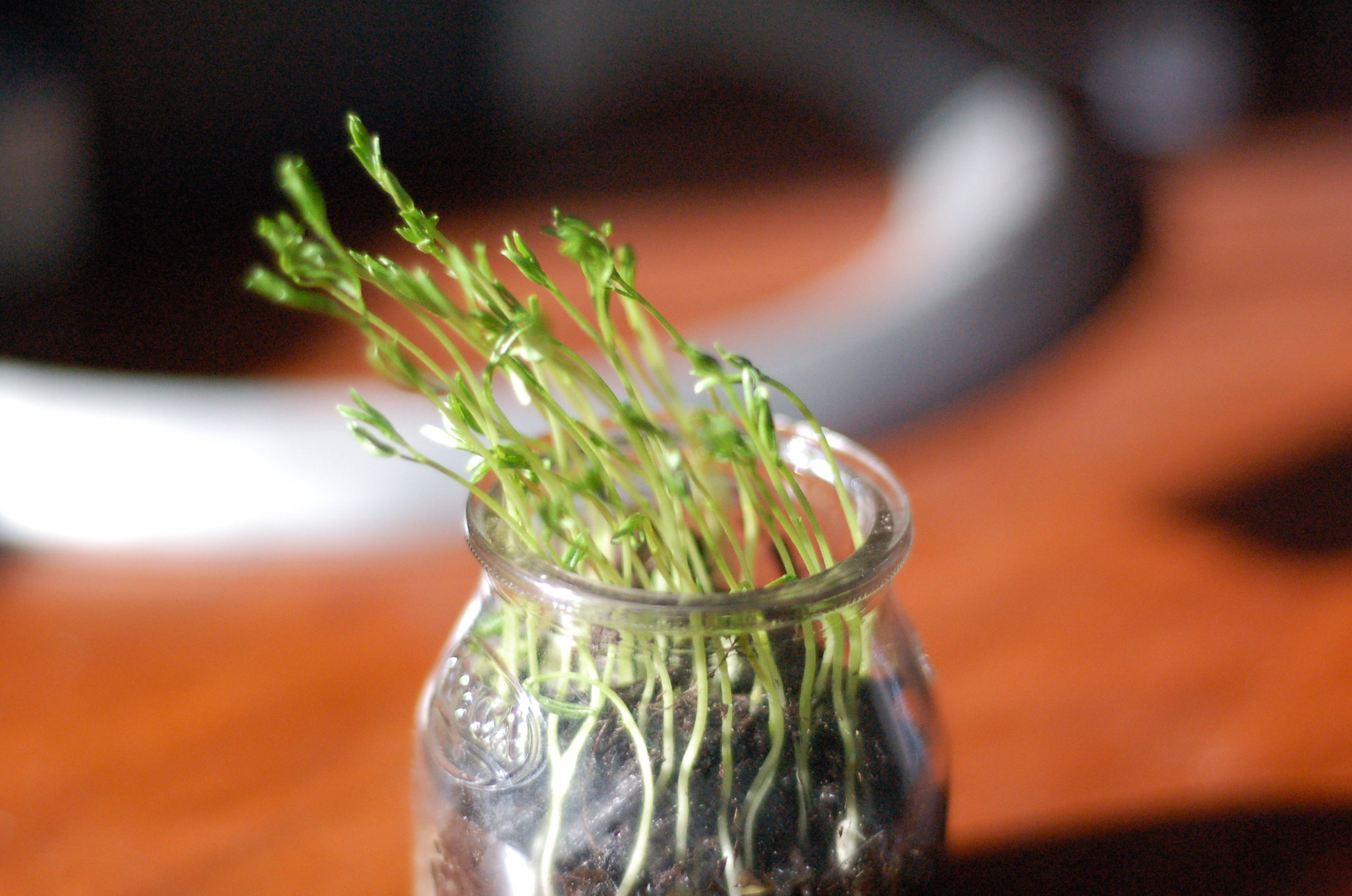Chillb
Member
Ran across Willow teas in my search for something organic to use to help root clones. The bark of young shoot/branches contains growth hormones. Making a tea releases those hormones making it available to the plants.
It seems like a good, natural, effective, and most importantly free clone aid. Does anyone have some fresh input on Willows? I understand you can use any species of willow... trees/bushes. I also saw that Microbeman dries out willow tips/branches and makes a dry amendment to mix into his soils with good improvements.
Curious to find out anything I can on the matters, what you got folks?
Peace,
chillb
It seems like a good, natural, effective, and most importantly free clone aid. Does anyone have some fresh input on Willows? I understand you can use any species of willow... trees/bushes. I also saw that Microbeman dries out willow tips/branches and makes a dry amendment to mix into his soils with good improvements.
Curious to find out anything I can on the matters, what you got folks?
Peace,
chillb





